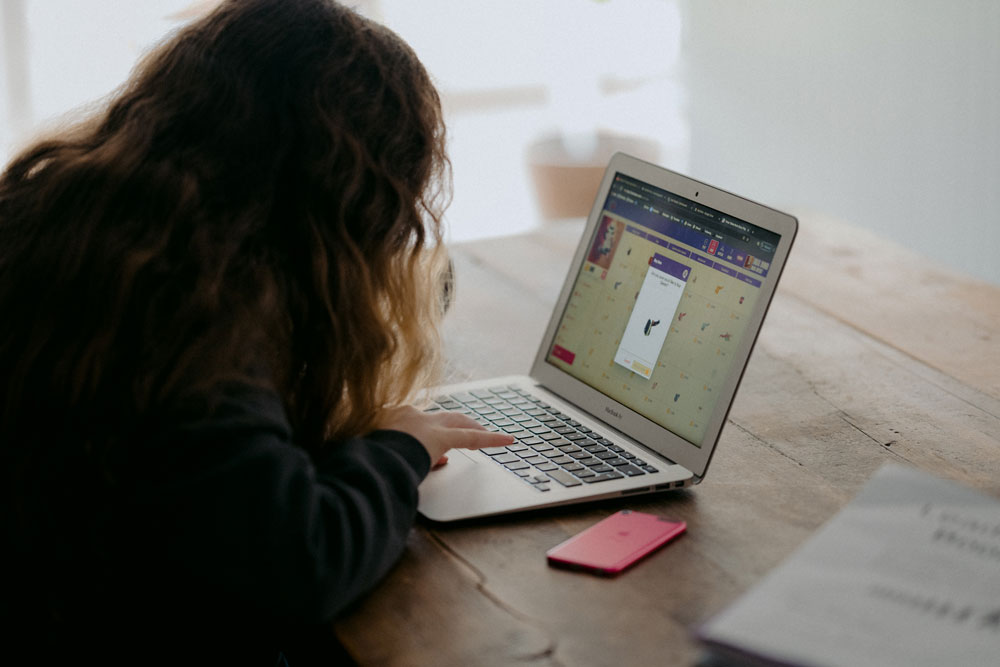Homeschool Concept as a Teaching Alternative from Home
During my over 30 years of experience as a special education teacher and advocate, parent, applied behavior analysis therapist, consultant and supervisor, one question that parents had been asking me many times is: Why I have to be my kid’s teacher? 
Often children’s first wish is to be like their mother or father. Many agree that parents are the best teachers because they wish their children to success and they want them to learn positive things, so many feels that the best thing in life, in being taught at home. However, in order to thrive as parents in today’s world, our children need more than just to know good manners and be able to read and write. They need a very well structure schedule, and to be able to follow it, step by step, from simple to complex, so they can, successfully and without stress, complete it.
This is true today more than ever, during this COVID-19’s transition. It is my hope that with this blog I would be able to walk you through a step by step process that will facilitate the way you structure your children learning experience during the COVID-19 New Normal In-Home Teaching Process. We are a team. So please, feel free to add and share your experience in any language. We really are in need of each other experience and ideas. It is the only way to help our kids to thrive with confident and in peace.
Adapting a Homeschooling’s Idea
We all agree that the first teachers we have in our lives in most cases are our parents. They teach us to eat, speak, walk, dress and undress, daily routines, appropriate social interactions, ride a bike, etc. From my everyday experience and observation, I can totally agree with the statement that parents are, naturally the best teachers. But I definitely respect those parents that disagree and firmly support the idea, that parents are not and will not be their children’s teacher. That it is solely their kids’ school system responsibility, especially during the COVID-19’s world we all are enduring.
But how to manage this teaching’s process?
The whole world is standing still. It is important for you to know that your child is not falling behind. When school starts again on the other side of this pandemic—in August or in September or whenever—every teacher has to remember, and must take into account, that nearly every child in the world are experiencing the same learning gap. Despite of it, every kid will still get into college; they’ll still learn logarithms and the difference between the executive, the judicial and the legislative branch; they’ll still learn how to read, write, and use their critical thinking to resolve daily issues, even if they do nothing with this time but binge Netflix and snuggle with you when your work is done. The learning will not stop, just we are using a different approach.
In my opinion the greatest today’s risk to our kids, and ourselves, as parents is the stress. The overwhelming stress that we are adding into our lives by assuming that parents have to take the full responsibilities and progression of our kids’ education. Many, many parents now are dealing with new challenges: How do we care for our children during this unprecedented COVID-19’s outbreak while working, schooling at home, and adding to it, preparing for the present world’s economy and political uncertainties? It is not easy, but it is possible.
First step: Relax Let’s take a deep breath. Know that we are all in this together, and together we will get through it. So let do it!
Second step: Meet with the All Family – Lets have a talk. Meet with family member to come up with a plan. Explain what is happening (COVID-19), if they are not yet aware and plan together. Do not underestimate the capacity of any member of your family to understand and their capacity to offer solutions and do their part to effectively complete the task.
Third step: Reinforces. What are each home’s member passions? It does not need explanation you …. CLICK and LOOK AT THIS LIST!
Fourth step: Keep a Routine. Since changes in routine can be stressful, it will be helpful to talk with your kids about why they are staying home and what your daily structure will be during this time. It is very important, to work together in creating this daily schedule, if you create this along, they will not be motivated to follow it. It may not work at all. Once done, hang it on the refrigerator or somewhere they can see it each day. It is pivotal to include breaks from videoconference or schoolwork to relax and connect with each other.
Here are some ideas from the American Academy of Pediatrics (2020) to help you create a daily schedule:
- Wake up, get dressed and have breakfast at the normal time.
- Decide where everyone can do their work most effectively and without distractions.
- List the times for learning, exercise and breaks.
- For younger children, 20 minutes of class assignments followed by 10 minutes of physical activity might work well.
- Older children and teens may be able to focus on assignments for longer stretches, taking breaks between subjects.
- Include your hours as well, so your children know when the work day is done.
- Schedule time for nutritious lunches and snacks. Many schools are providing take-home school meal packages for students who need them.
- Don’t forget afternoon breaks as well!
- Have dinner together as a family and discuss the day.
- Enjoy more family time in the evenings, playing game table, go for a safe walk (beach, park, trail, etc. in California ) (reading, watching a movie or exercising together).
- Stick with normal bedtime routines as much as possible during the week to make sure everyone gets enough sleep.
Recommended: For Homeschool schedules examples Click in Here
Preparing a Setting at Home Where “School Will Happen”
 Set up an indoor space where learning activities happen in your home. Team-up with your child to decide together about where “school will happen” and what materials will be needed. Set up a place where your child can reach needed supplies such as paper, a clip board, scissors, pencils, crayons, tape, etc.
Set up an indoor space where learning activities happen in your home. Team-up with your child to decide together about where “school will happen” and what materials will be needed. Set up a place where your child can reach needed supplies such as paper, a clip board, scissors, pencils, crayons, tape, etc.
Children and young people love to be assistants. They want to contribute to the process of getting ready, and they thrive when they feel a sense of achievement. After watching a teacher video or reading a prompt, invite your child to help you collect materials needed for the activity.
As children are working, hold space in your own schedule just for them. Describe what you see. Focus on effort. Name progress. Ask questions.
What we can learn or adapt from homeschool learning’s strategy?
The lesson to be learned from home-schoolers (and teachers) is that what kids need goes far beyond classroom instructional time. A typical homeschool schedule for elementary school kids, for example, has only about two to three hours a day of instructional time. See more Homeschool Schedules in Pinterest:
The rest of each day is filled with exploration, reading, household tasks, and learning to manage boredom. Your child’s school schedule is much the same. Hours of their day are spent not on memorizing facts and learning new concepts, but on social interaction, games, and daily classroom tasks. Maybe parents can learn and adapt some of the homeschooling’s strategies to their regular schooling experience.
The idea is that during these downfall’s times we all can minimized any child and parent’s frustrations by encouraging creative learnings. The true of the matter is that we cannot control the outside world events and outcomes, but we can control how to respond to it, without affecting our family’s balance and harmony. And our learning process is one of those areas that we will need to control and protect from the outside events. Remember our slogan “The Solution Is in Your Hands”.
Author: Maria E. Ruiz-Merroth, M.Ed, Advocate, Mediator & ABA Paralegal.

